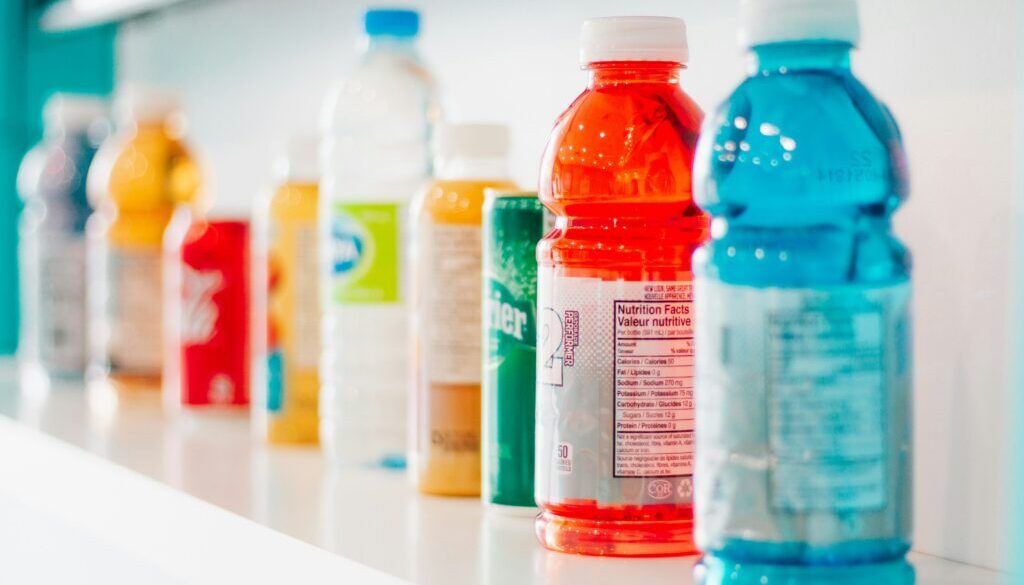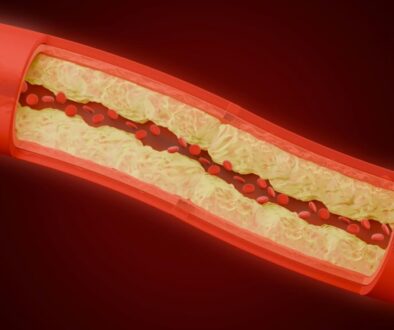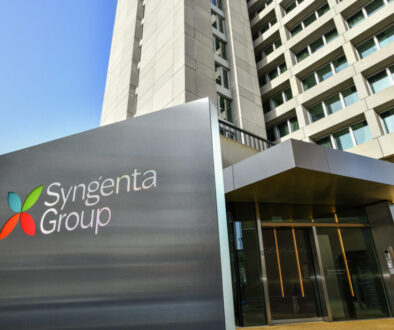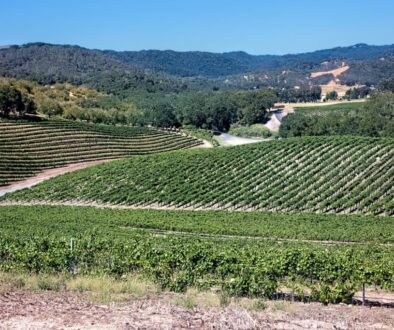New natural food dye approved as FDA pressures industry to drop Red Dye No. 3
Listen to the audio version of this article (generated by AI).
The US Food and Drug Administration (FDA) approved another naturally derived food dye on Monday, making good on one of its key promises in the effort to rid the US food system of petroleum-based synthetic dyes.
The FDA approved the natural food color gardenia blue — made from the gardenia plant — for use in sports and fruit drinks, flavored waters, teas and candy. This follows the May approval of three other natural colors , and fulfills an April promise from the agency and the Department of Health and Human Services (HHS) to fast-track authorization of four new natural color additive
In April the FDA announced they would revoke authorization for two food dyes (Citrus Red No. 2 and Orange B), and work with industry to eliminate six other synthetic dyes by the end of next year.
“This expedited timeline underscores our serious intent to transition away from petroleum-based synthetic dyes in the food supply,” FDA commissioner Dr. Marty Makary said in a statement. “By expanding the palette of available colors derived from natural sources, food manufacturers have a variety of options available that will make it easier to end their use of petroleum-based dyes.”
The FDA also sent a letter Monday to food makers encouraging them to phase-out the synthetic Red Dye No. 3, which is linked to cancer and used in over 2,800 food products, sooner than the current January 15, 2027 required deadline.
“The FDA believes that accelerating the phase out of the use of FD&C Red No. 3 in foods will help further the goal of Making America Healthy Again,” the FDA said in the letter. The popularity of the Make America Healthy Again (MAHA) movement associated with HHS Secretary Robert F. Kennedy Jr. has fueled the recent agency actions.
Public health advocates have called for the elimination of certain synthetic dyes in foods for years, citing scientific research linking consumption of the dyes to disease and to health problems including hyperactivity and behavioral problems in children. The dyes are commonly found in candy, sodas, cereals, sports drinks and other highly processed foods, but also show up in unexpected items like casserole mixes, yogurts and salad dressings.
“This expedited timeline underscores our serious intent to transition away from petroleum-based synthetic dyes in the food supply.” – Dr. Marty Makary, FDA
While the synthetic dye phase out is voluntary, food makers have responded: food giants Kraft Heinz, PepsiCo and General Mills have all committed to phasing out the chemicals. The Consumer Brands Association, a trade group that represents a variety of manufacturers including food and drink makers, announced last week that it would encourage its food and beverage manufacturers to remove synthetic dyes from products served in US schools by the start of the 2026-2027 school year.
“While these safe ingredients are supported by scientific evidence and a longstanding history of approval by the FDA, the industry recognizes preferences are evolving and is innovating to meet families where they are,” Melissa Hockstad, president & CEO of Consumer Brands, said in a statement.
Recent research suggests the changes could have a massive impact: nearly 20% of packaged foods and drinks in the US have synthetic dyes, with most marketed to children and loaded with sugar, according to a June study that examined nearly 40,000 items from popular food brands. However, scientists say the FDA’s acute focus on synthetic dyes ignores myriad other potentially harmful chemicals in foods and food packaging.
Featured image by Shayna Douglas/Unsplash+



